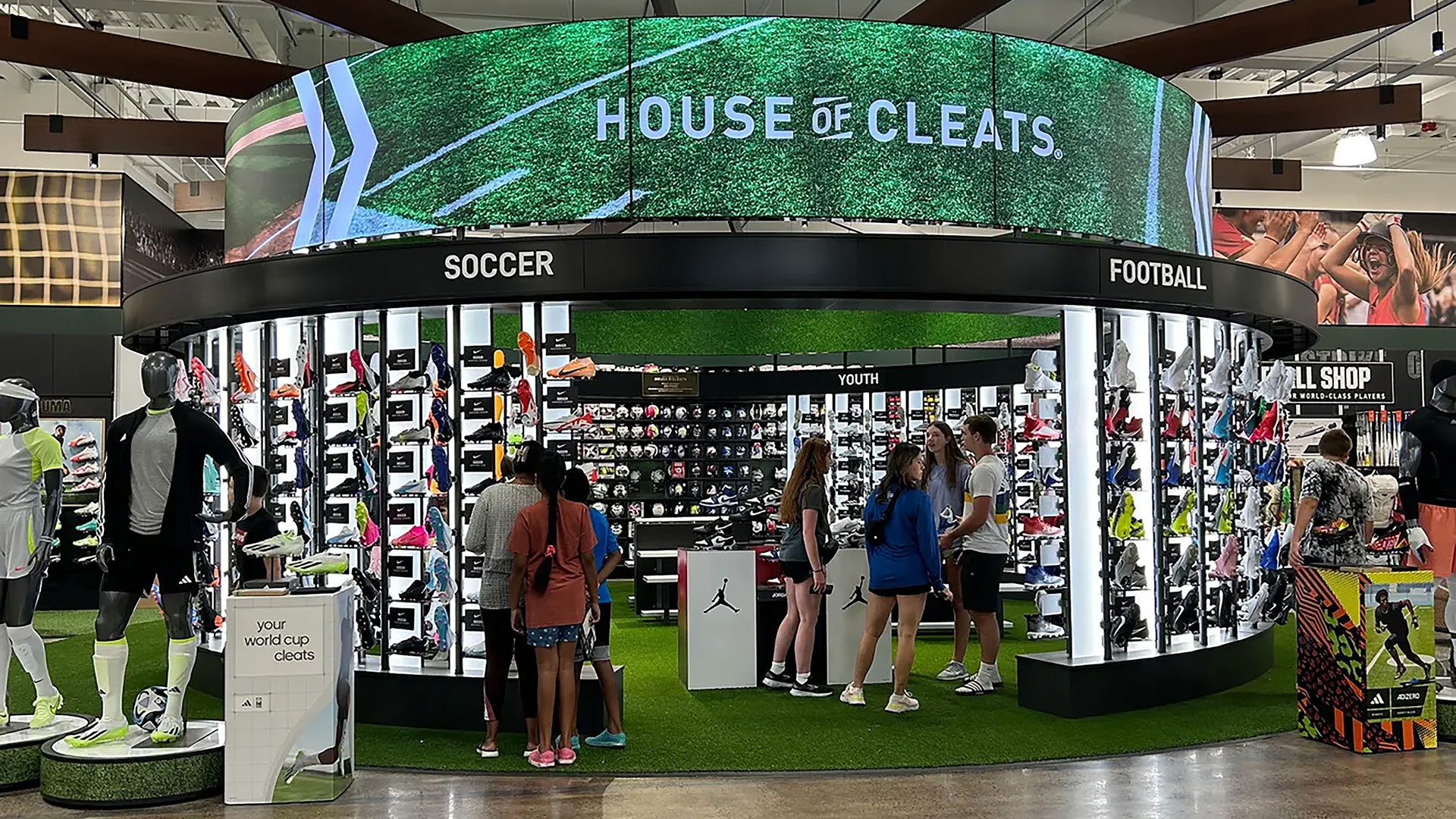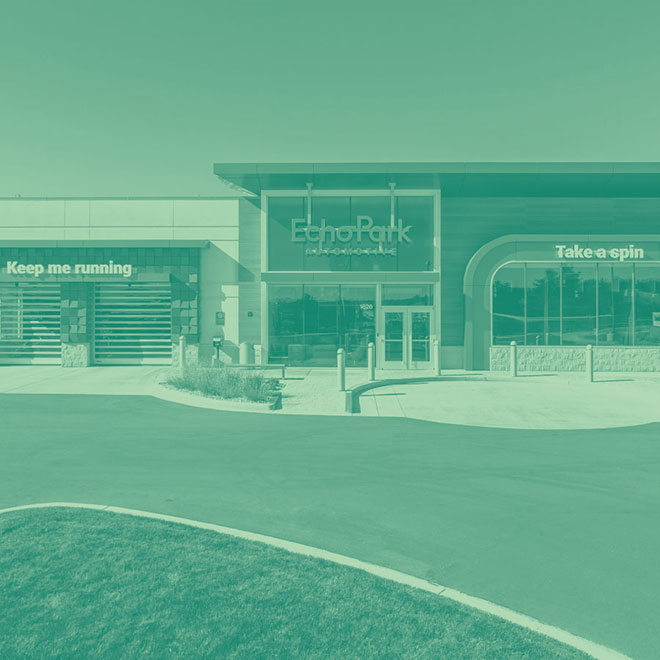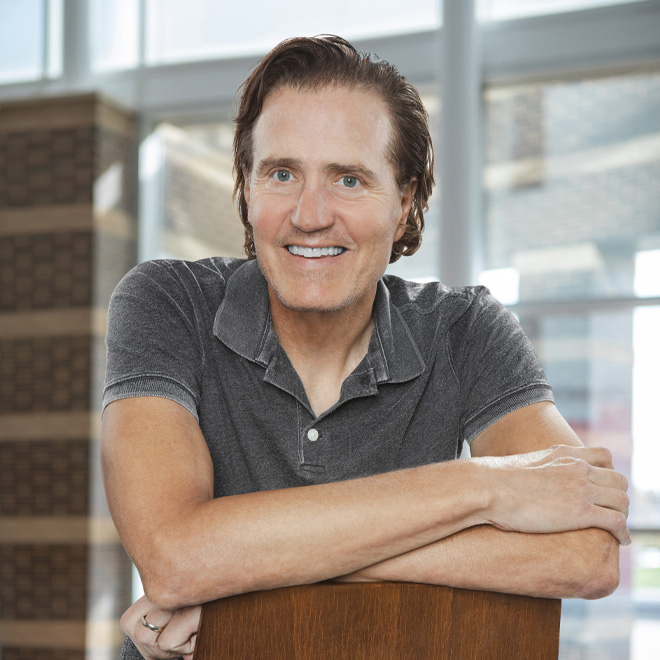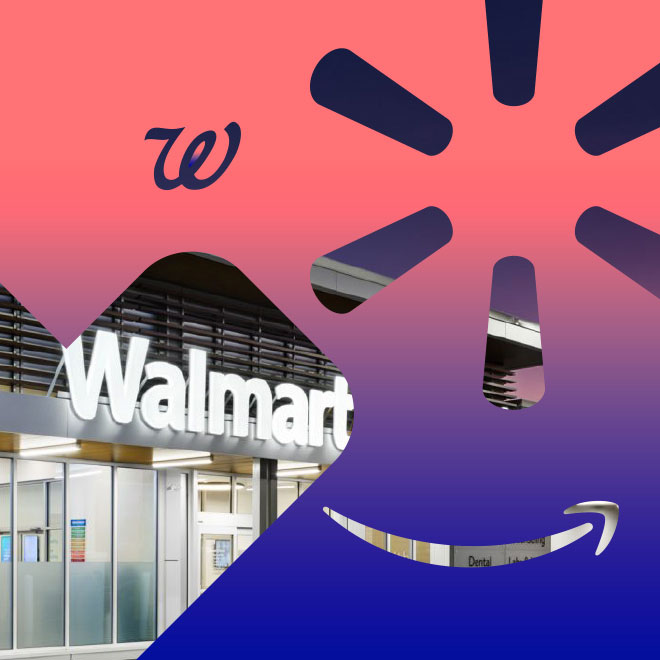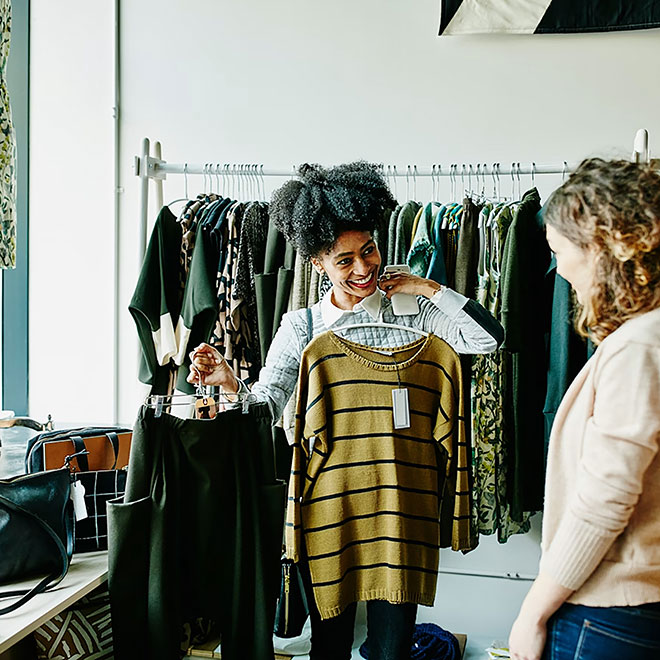
The Future of Stores: Smaller, Better, Closer (Or Nowhere at All)
Retail 3.0 Continued
Estimated Read Time: 5 Minutes
"People are always going to go shopping." — Phillip Green, Chairman, Arcadia Group
Where is the ancient idea of a "store" headed?
Over the course of months, with new research and more than 50 years of retail experience, we found some things to be true about the future of physical retail – what we're calling Retail 3.0 (read our first two installments on the topic here and here). After a lot of discussion, here's what we discovered about the way forward:
In Stores… Associates Are More Important Than Any Tech
Our research told us that "poor associates" ranked as one of the top two reasons consumers preferred shopping online. Conversely, "better associates" was the top reason from consumers as the best way to increase visits to stores.
Any form of in-store technology—though suggested in several formats—didn't even make the top five in terms of improving foot traffic. Not walk-out tech. Not dressing room tech. Not checkout tech. To borrow a little from James Carville: it's your people, stupid! That's right, it seems consumers are hungry for good, old-fashioned, human service when it comes to stores. And probably for a lot of other things we didn't ask about too, like "contact us". But we'll leave that up to you to find out.
The message was clear: save the tech gear for the backroom, the home office, and logistics—but in my store? Give me someone helpful to talk to.
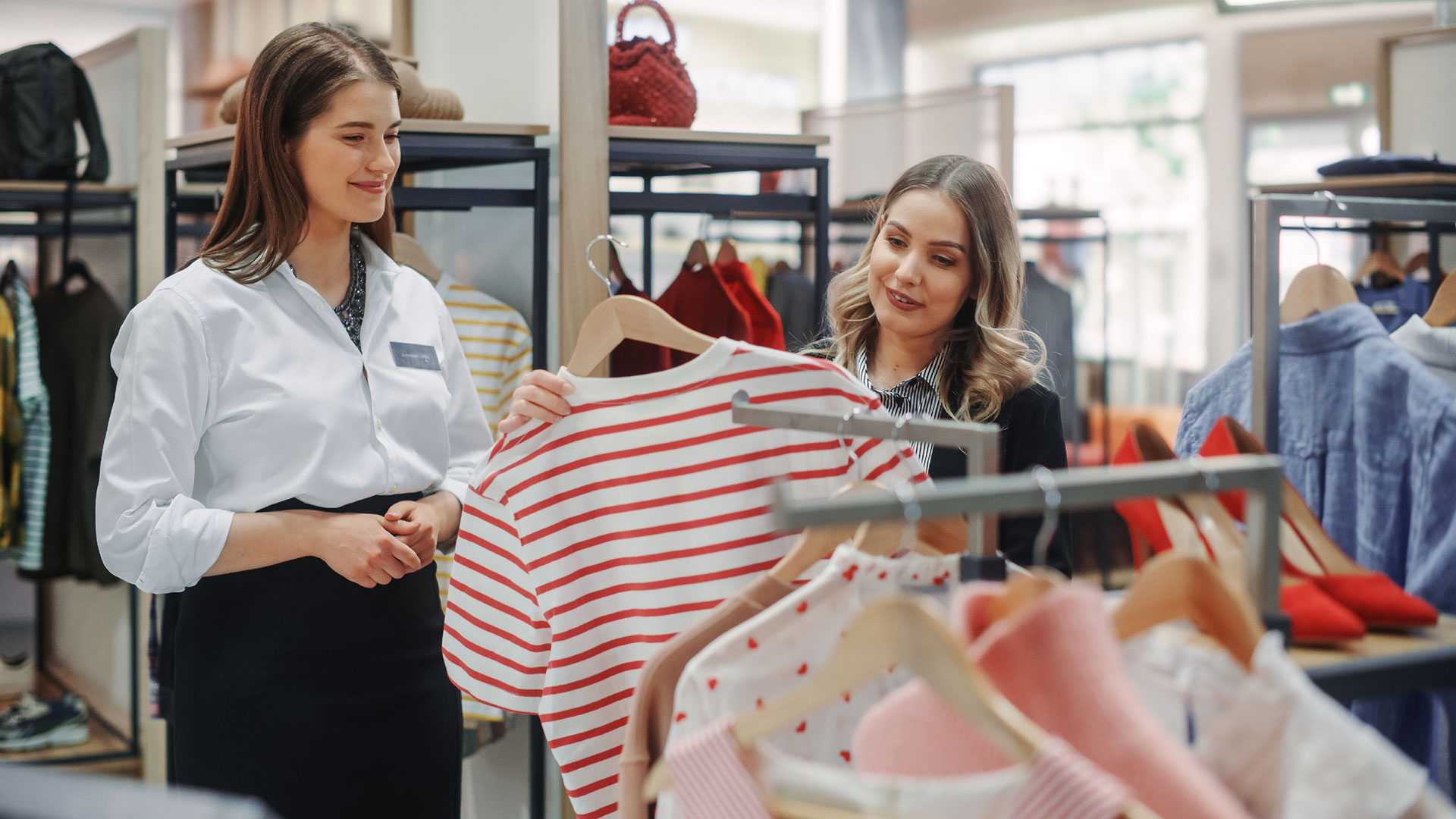
The 15 Minute City's (Local) Time Has Come
When consumers were asked where they'd prefer to shop now and going forward, the response was an overwhelming call for "local" (within a mile). No other type of shopping – malls, strip centers, big boxes or outdoor malls – scored within 30% of the response for "local".
This is great news for entrepreneurs and big brands alike, all of whom are facing the onslaught of speed-driven online retail. The idea that shoppers should be able to walk to their favorite store is gaining traction fast. We already see experimentation in this arena from brands like IKEA, Nordstrom, Best Buy, Target, and (oh no!) even Amazon.
Being local not only benefits consumers but also profit. Local spaces can cost less to build, are easier to staff, less expensive to operate, and much more flexible than the big-box behemoths of the ‘90s. We see small-format, local retail as key to the future of physical stores.
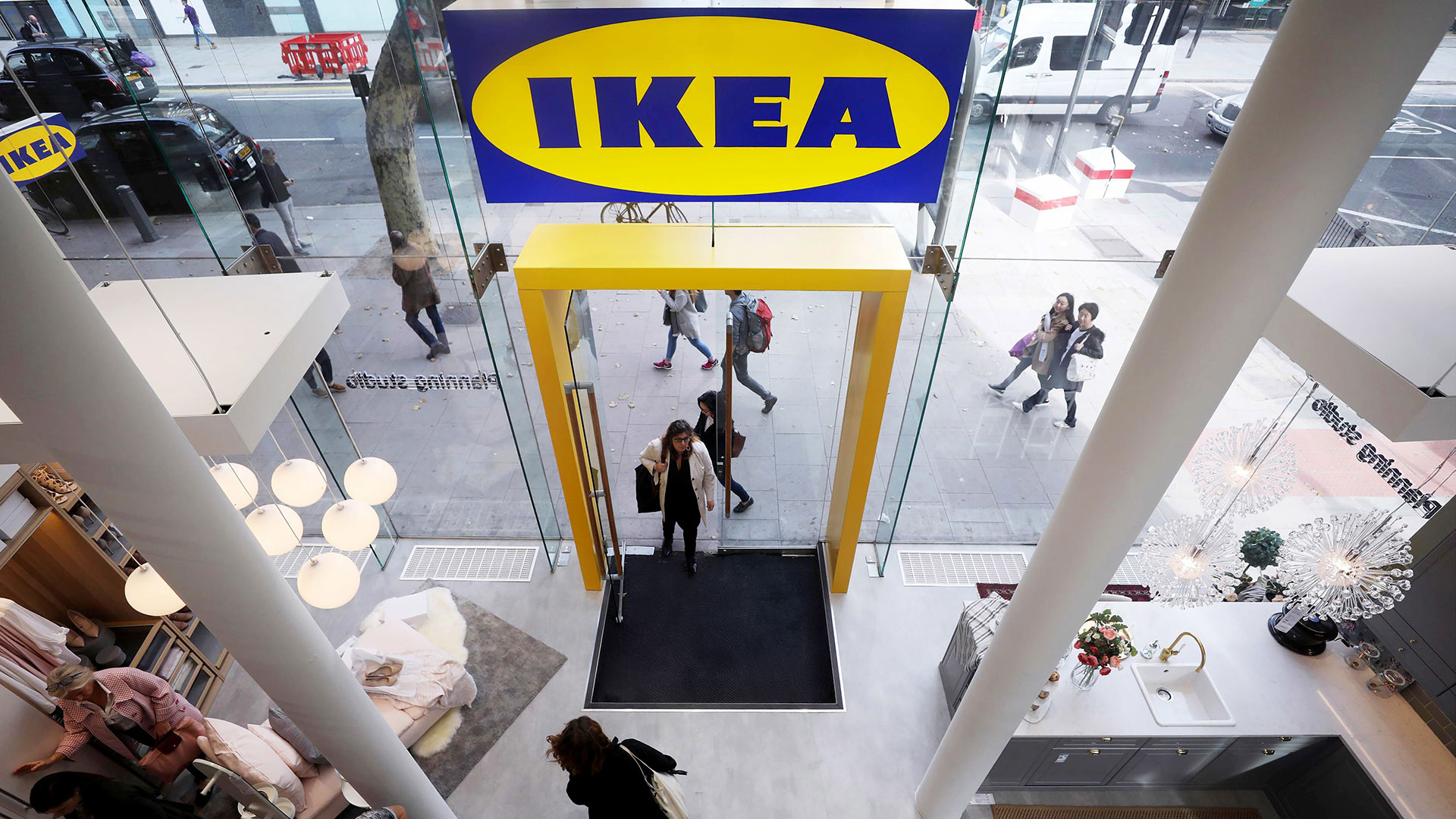
"Slow Retail" Positions Stores as the Opposite of Online Shopping
We're not sure who said it first, but design matters. Now more than ever. In an age of 2-hour delivery, unlimited choice, and unreal prices, consumers are telling us: stores need to be something different than the cold, tactical world of online shopping.
Borrowing from foodservice's idea of "slow food" (which emerged in response to fast food's speed driven pick-up and delivery), "slow retail" makes more sense now than ever. "Slow retail" means taking the time to find better associates (see above), slowing down to think about how to make the space easier to shop, and of paramount importance, delivering interesting and excellent store design.
A bifurcation of retail demand has already taken form over the course of this century. It goes something like this:
- I need those socks for tomorrow, or
- Let's go to that cool place and see what's new.
It's a world of great choices, frankly. But the latter example of a "cool place" to go to (like a store!) has been lagging. In our opinion, that needs to change fast, or the online preference numbers will keep rising.
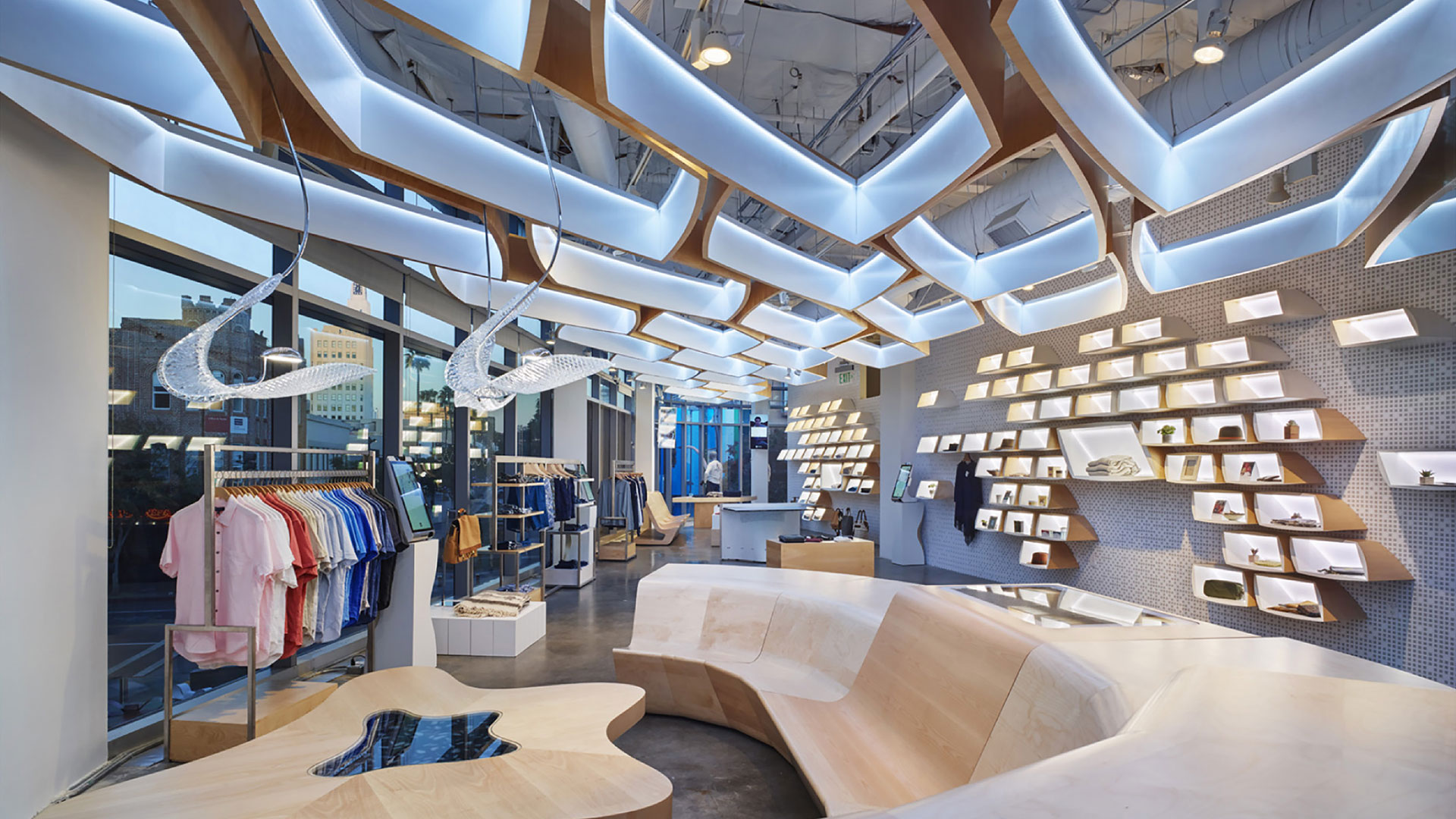
Malls Are Falling in Line With Movie Theaters, Cameras, and Phones With Cords
As Steve Jobs once said, "The customer doesn't know what's next… that's YOUR job". We agree. But determining what they don't want? That IS the customer's job.
Is it great to go to the movies every once in a while? Sure. But you know what's better? Sitting on your couch, streaming whatever you want. Do cameras give you great shots? Sure. But you know what tops that? Pulling out your phone and capturing that smile your kid's giving you right now. Were phones with cords cool? Actually, no, but you get the point.
Is it still awesome to go to that one great mall in your town? Sure. But according to Capital One Shopping, projections indicate that up to 87% of large shopping malls will close over the next 10 years. The writings been on the wall for years: only the best malls will survive. That number is predicted to be about 300 (some say 200) nationwide, down from 2,500 at the turn of the century.
In other words, the average mall is dead. Long live the average mall (in Fast Time's at Ridgemont High anyway).
So, onward we go. But what does the above mean for stores? Our indicators point to three things: smaller, better, closer (and with few exceptions, NOT in a mall). Research with thousands of consumers can be wrong, but when the results are the same for a couple of decades, there's a VERY high chance that it is not. Therefore, it's our job to tell you: stores can and will thrive outside of malls.
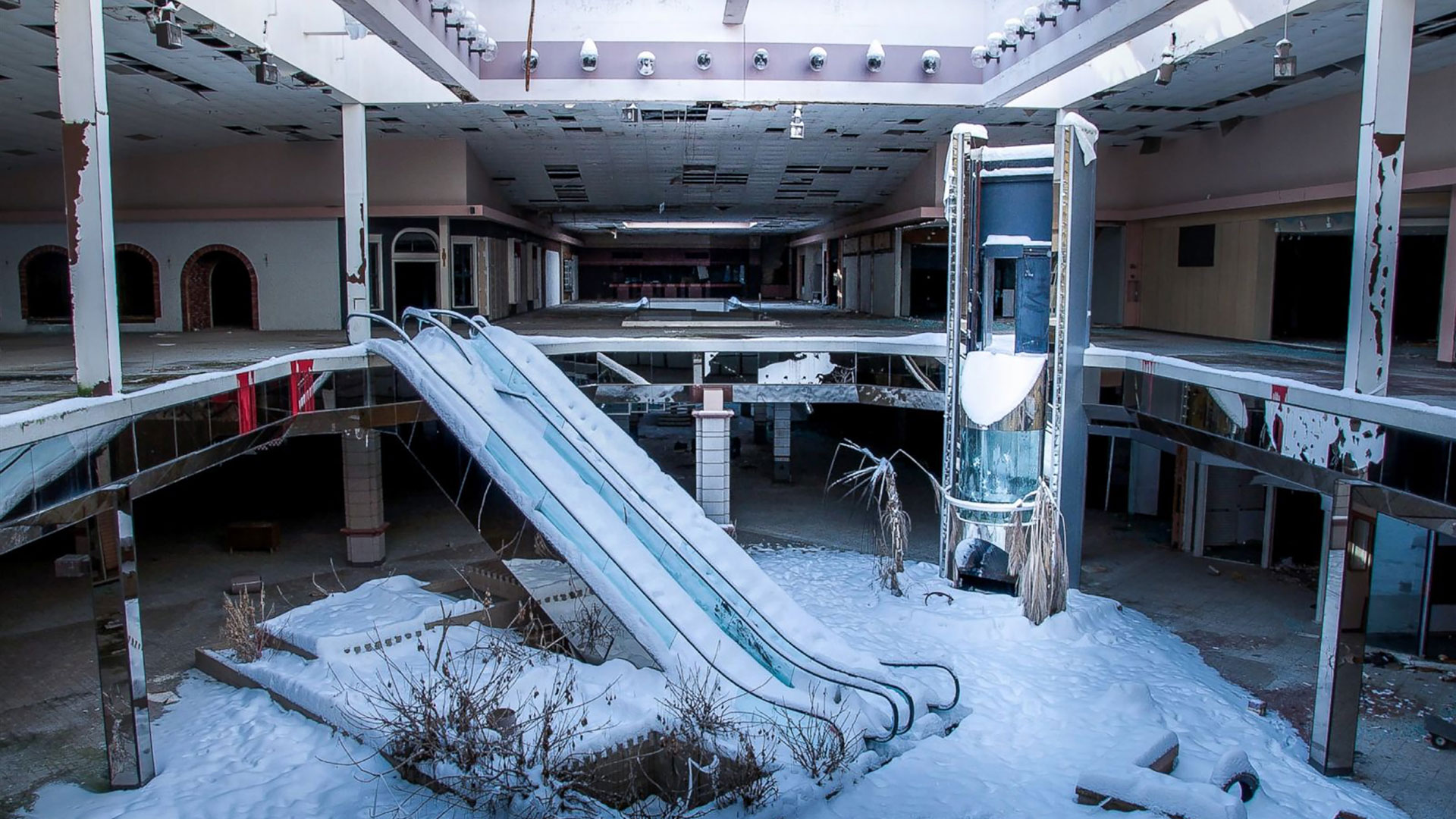
Summary
Stores aren't going anywhere. But stores as we know them today? They'll have to go somewhere else.
Amazon's CEO of Stores, Doug Herrington, said at the last NRF conference: "We're working on speed – potentially as fast as 2-hour delivery. We think that the faster a customer gets what they ordered, the more they'll shop with us again."
We say to retailers with stores, let ‘em have the speed (and its cost). Instead, show the consumer something they'll love to visit in person. Improve your most valuable asset: store associates. Find the CapEx for a much better store design. Look for ways to get closer to the customer as the call for local retail is in high demand. Finally, and critically, don't believe for a minute, even if you're doing well now, that things aren't going to change dramatically when that 2-hour delivery promise clicks into gear. Mr. Herrington will be right, if stores let him be.
Ok, let's get to Retail 3.0 as soon as possible. And for a little push, we'll leave you with this:
"Change is the law of life, and those who only look to the past are certain to miss the future." – JFK

 Lee Peterson
Lee Peterson